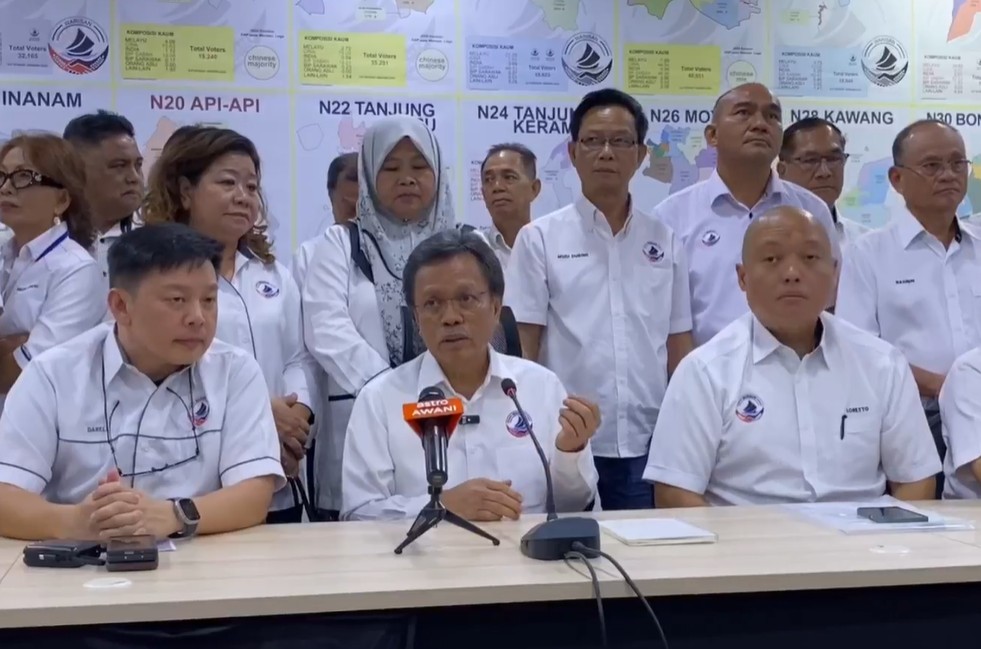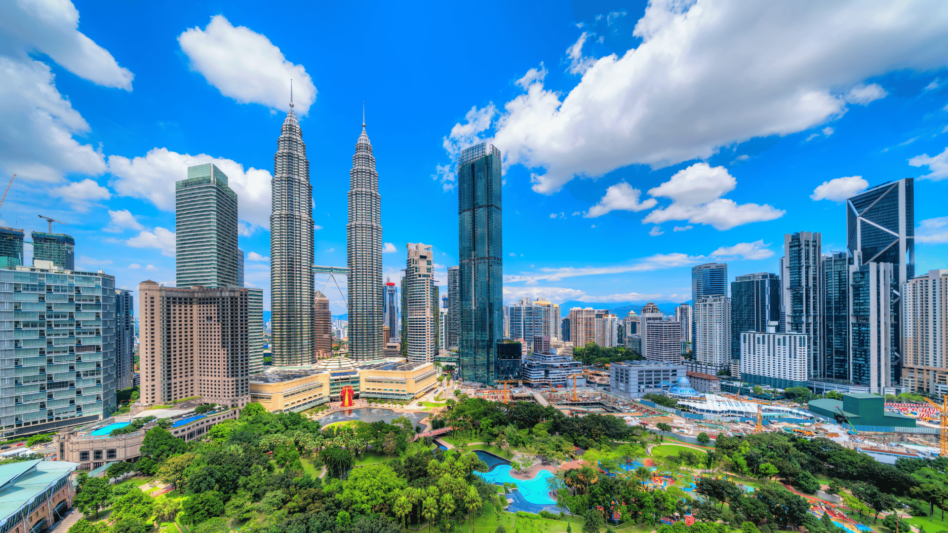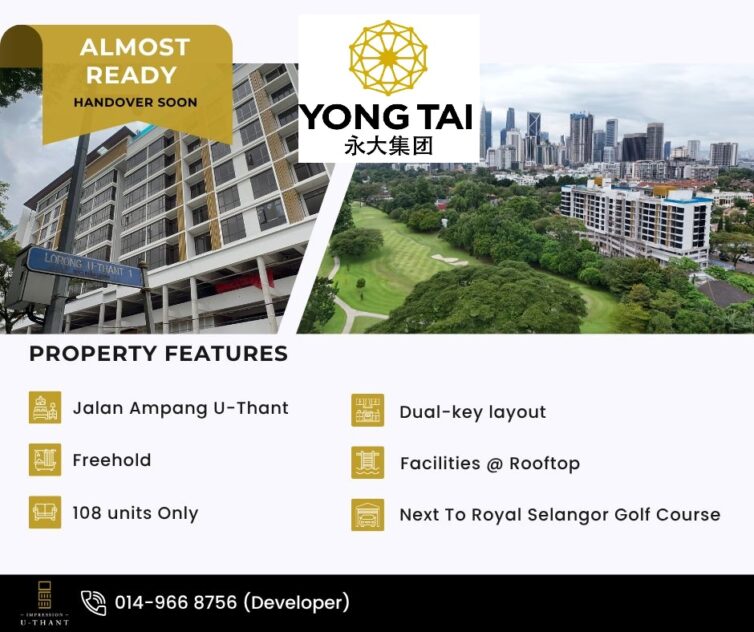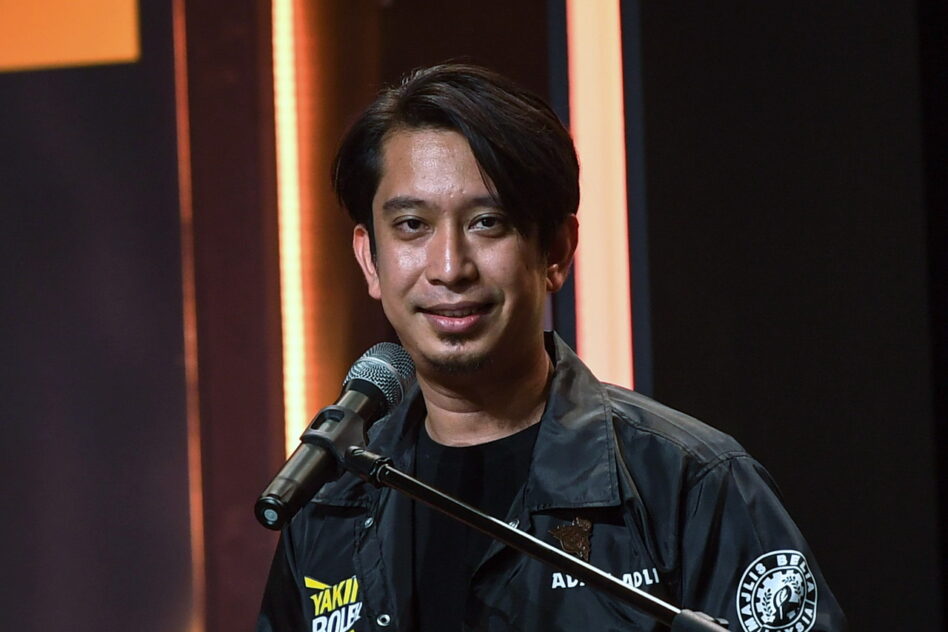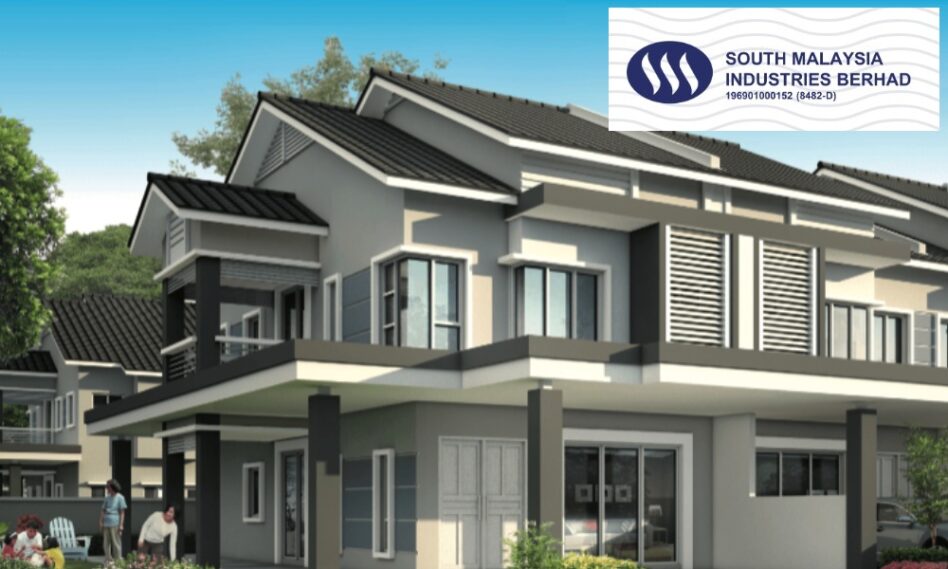A RECENT article titled “Sabah’s Unemployment Remains High as Economic Recovery Lags” takes a gloomy view of Sabah’s economic health, leaning heavily on commentary from Warisan president Datuk Seri Shafie Apdal.
According to him, the state is floundering due to missed investments and policy failures.
That would be concerning – if it were true. But the reality is that Sabah’s economic performance under the current administration tells a very different story, one conveniently ignored by Shafie.

Let’s start with the so-called “lagging” recovery. While the article laments that Sabah’s gross domestic product (GDP) has yet to return to its 2019 peak, it fails to mention that GDP growth is back on a positive trajectory.
In November 2024, Sabah’s growth rate for the year was revised to around 2% with projections showing a further increase to 2.5% for 2025.
More importantly, Sabah’s GDP in 2023 stood at RM111.9 bil – placing it just behind Penang and ahead of most states in Peninsular Malaysia. If that’s “lagging,” then most of Malaysia must be in dire straits.
Even more telling is the state’s fiscal position. Under the leadership of Gabungan Rakyat Sabah (GRS), Sabah’s financial reserves reached RM8.6 bil in 2024 – the highest in its history.
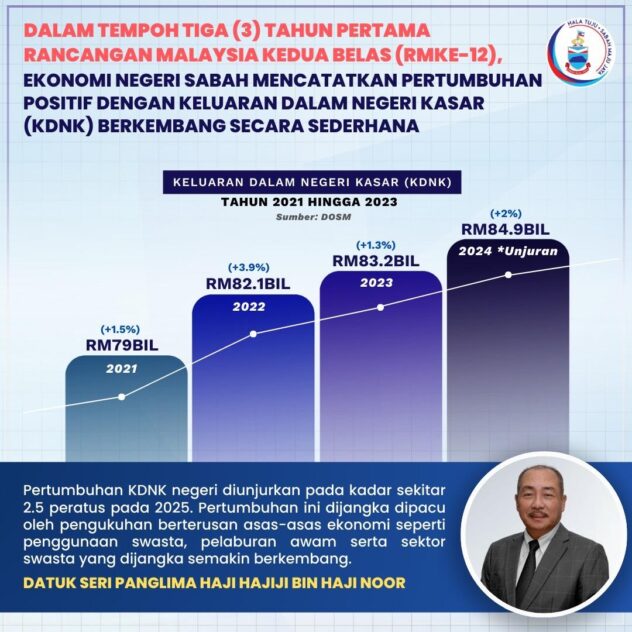
Solid growth envisaged
This was not achieved through wishful thinking but through prudent management, improved revenue collection and strategic investments.
On the ground, progress is equally visible. Sabah’s industrial zones are no longer idle blueprints; they are active engines of growth.
The Sipitang Oil and Gas Industrial Park is operating at full capacity while the Kota Kinabalu Industrial Park (KKIP) has already attracted major investors from China and South Korea, generating jobs for 4,000 locals.
And this is just the beginning. E-Steel from Singapore has pledged RM19.5 bil in new investments while European names like Gibson are preparing to set up shop. These are not promises – they are signed deals.
Sabah Chief Minister Datuk Seri Hajiji Noor has also made clear that youth development is a top priority. “Sabah has allocated RM460 mil for education in 2024, including in sports and technical training. Then only we can succeed,” he stressed in a recent online video interview.
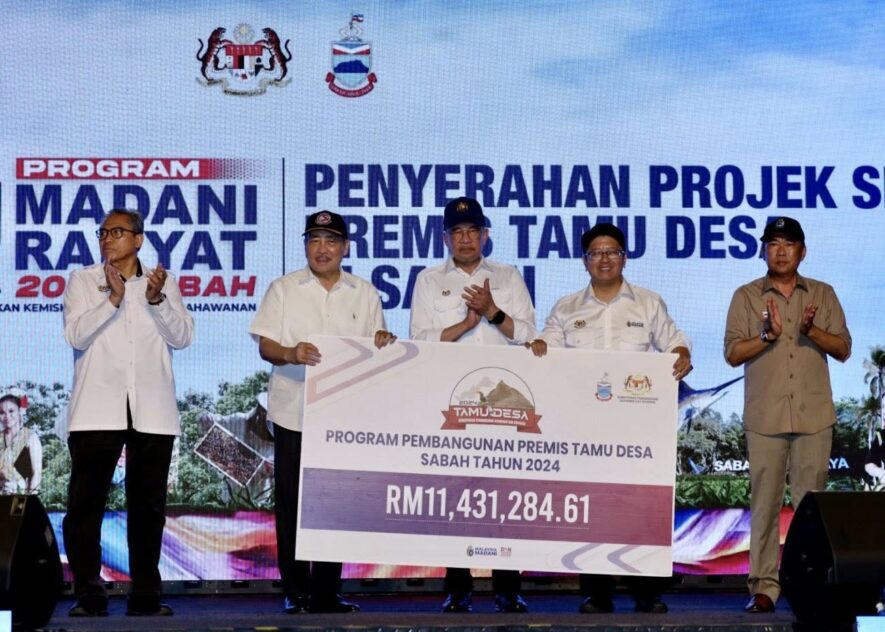
Meanwhile, the federal government which is working in tandem with Sabah announced a plan to create 20,000 new jobs across sectors like tourism, agriculture, infrastructure and manufacturing. In short: jobs are being created, not imagined.
These spates of progress bring us back to Shafie. He points to the fact that IKEA chose Sarawak instead of Sabah as if that single example invalidates all other gains.
But economic development is not a game of “what could have been.” It’s about what is being done – and under whose leadership.
It’s also worth remembering that many of the strategic shifts now delivering results only began after 2020. If anything, it only showed that investors’ confidence in Sabah was poor during the Shafie administration (May 2018 to September 2020).
Shafie’s narrative might score short-term political points but it lacks the long-term vision Sabah needs. Rather than recycle talking points, perhaps it’s time he acknowledged that economic recovery takes more than slogans. It takes strategy, stability and leadership.
Sabah’s economy is far from perfect. But it is clearly moving in the right direction with rising investments, strong fiscal reserves and expanding job opportunities. The facts are there for anyone willing to look beyond nostalgia and into the numbers. – May 14, 2025


